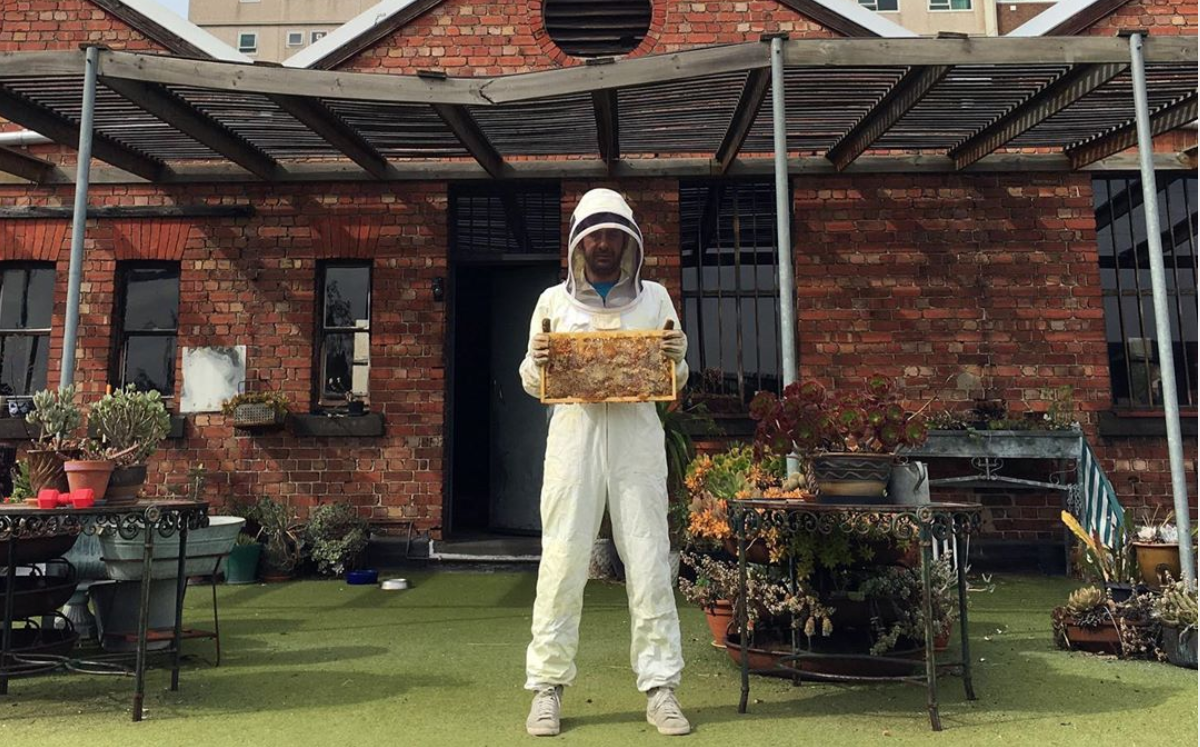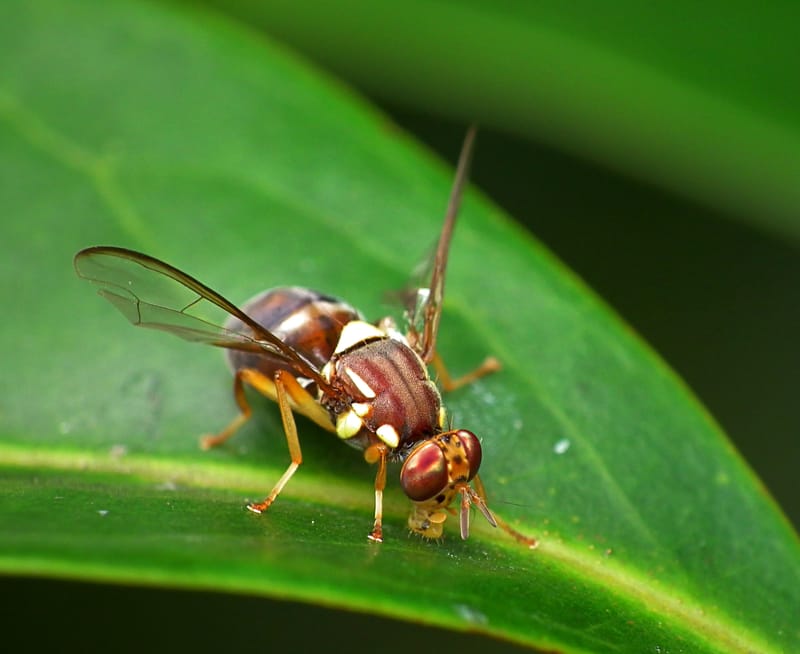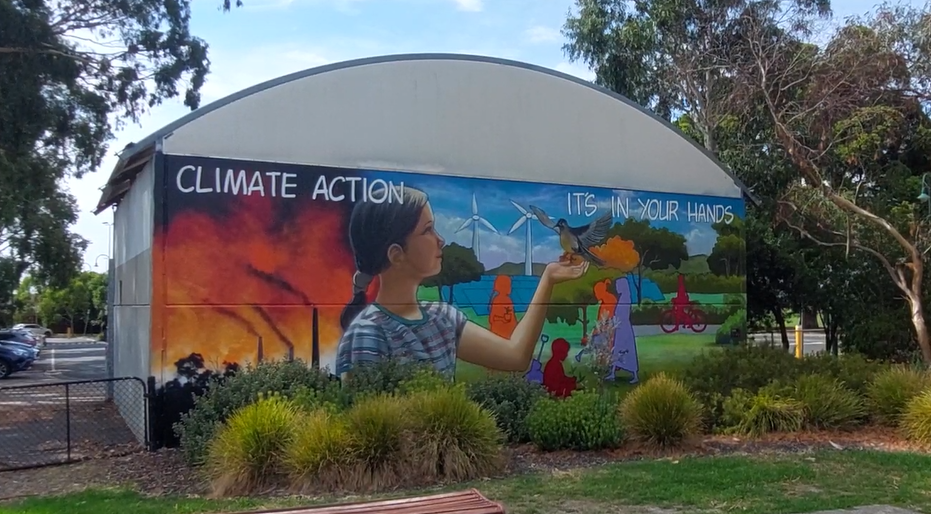Beekeepers using city rooftops to protect precious colonies
An urban beekeeping collective, Honey Fingers, located on a rooftop in Fitzroy is working to keep Australian bees free from a deadly parasite causing bee numbers to plummet. Currently, Australia is the only continent not infested...

By LAUREN ROSENBERG
An urban beekeeping collective, Honey Fingers, located on a rooftop in Fitzroy is working to keep Australian bees free from a deadly parasite that is causing bee numbers to plummet.
Currently, Australia is the only continent not infested with the varroa destructor mite, a parasite that attacks and feeds on bees.
According to Honey Fingers founder, Nic Dowse, the varroa parasite would be the final nail in the bee-coffin.
“Varroa seems to be the tipping point—once it arrives so does, sadly, a rapid decline in healthy bee numbers,” he said.
In 2018, a bee colony was destroyed after it was found infested with the parasite on a ship docked at the Port of Melbourne, which had come from the United States of America.
The parasite has already devastated honeybee colonies in the US, Europe and New Zealand.
Honey Fingers beekeepers are vigilant in their efforts to keep the varroa parasite out of Australia.
"We are also active in voluntary biosecurity efforts, like the Varroa-Mite Sugar-Shake Surveillance Project (where we test our hives for varroa),” Mr Dowse said.
Honey Fingers was founded in 2014 with a core group of 10 employees, but it has collaborated with more than 100 people to grow the company.
"It is part science, part farming, part food, part art, but always creative, and we always centre our work around bees,” he said.
Honey Fingers’ hives are located in 13 different locations between Windsor, Coburg and the Otways, and they have travelled the globe to learn from beekeepers worldwide.
“We have travelled to France and Spain and Morocco and Turkey and other places to meet beekeepers, look at ancient cave art depicting bees, and other little adventures that help us understand global beekeeping traditions,” Mr Dowse said.
Although beekeepers are constantly on the alert for the varroa destructor mite, threats to bee colonies already exist in Australia.
Mr Dowse said, “research into bee health is demonstrating it is the interactions between threats to bees that are so deadly.”
He notes that it is the neonicotinoid pesticides, combined with nosema (bee dysentery),which is seeing mortality rates higher than they would be if it were just one or the other.
“Now add other diseases, climate change, pollution, bee breeding that results in shallow gene pool—it is a lot for bees to handle. Too much, in fact,” he said.
In addition to their voluntary surveillance, Honey Fingers encourages minimal interventions, deep gene pools, and they only harvest surplus honey, ensuring they always leave enough for the bees.
Honey Fingers also advises how the average Melbournian can help ensure bees' longevity.
Mr Dowse suggested everyone leave out water on very hot days with “landing pads”, like corks or water plants, so the bees don’t drown.
“[Also] buy organic produce. Plant bee-friendly flowers! Flowers equal bee food, equals bee health,” Mr Dowse said.





